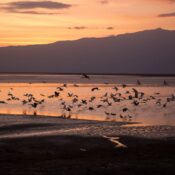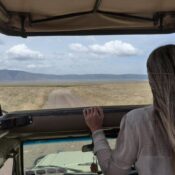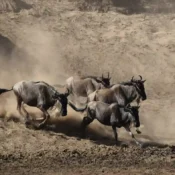Lake Eyasi vs. Lake Manyara: Which Tanzanian Hidden Gem Should You Visit?
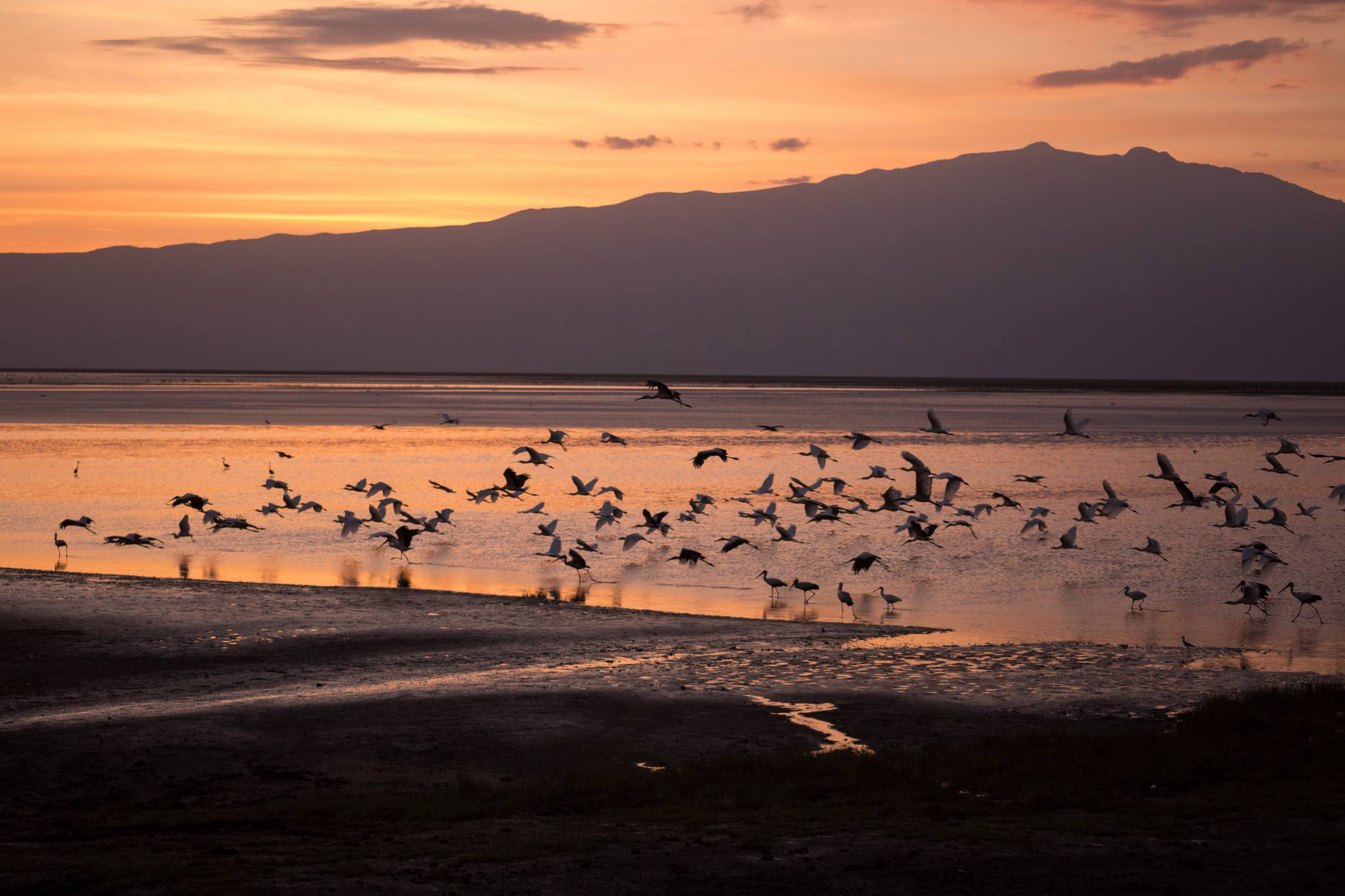
Lake Eyasi vs. Lake Manyara: Which Tanzanian Hidden Gem Should You Visit?
Tanzania is famed for its iconic safari destinations like the Serengeti and Ngorongoro Crater, but hidden beyond the well-trodden paths lie two remarkable lakes—Lake Eyasi and Lake Manyara. Both offer unique experiences, yet they cater to vastly different travelers. If you’re torn between the raw cultural encounters of Lake Eyasi and the lush wildlife haven of Lake Manyara, this in-depth guide will help you decide which lake deserves a spot on your Tanzanian itinerary.
Lake Manyara, nestled at the base of the Rift Valley escarpment, is a sanctuary for wildlife enthusiasts and birdwatchers. Known for its tree-climbing lions, vast elephant herds, and seasonal flamingos, the park surrounding the lake delivers classic safari magic in a compact, accessible package. It’s ideal for those who want a rewarding game drive experience without venturing too far off the beaten path.
Table of Contents
Lake Eyasi, in contrast, offers an immersive cultural journey. Set in a remote, arid region, it is home to the Hadzabe and Datoga tribes—indigenous communities whose traditions stretch back thousands of years. This off-the-grid location appeals to travelers seeking authenticity, human connection, and an unforgettable glimpse into Tanzania’s rich cultural tapestry.
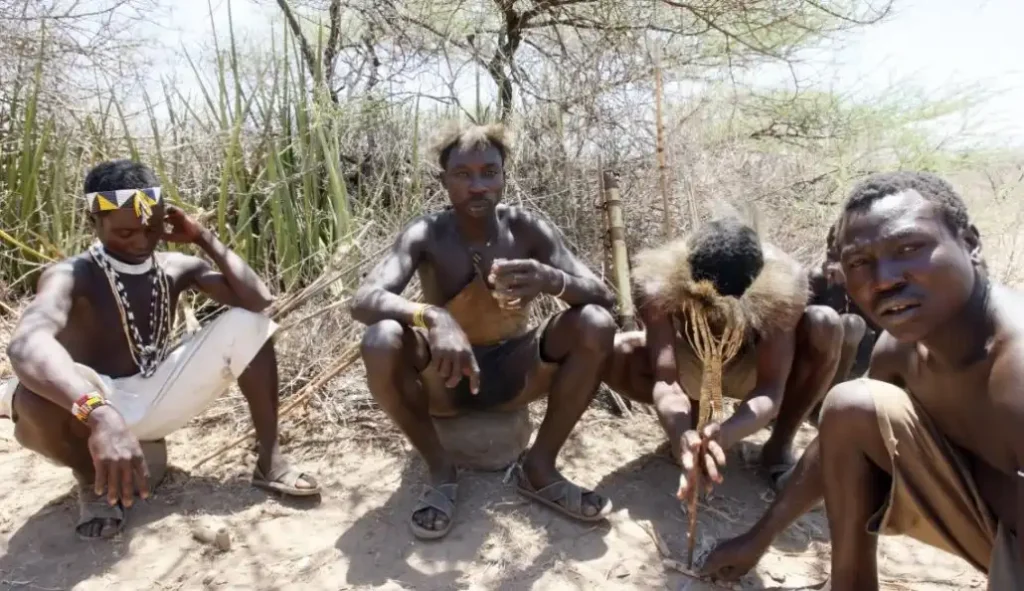
Introduction: Two Lakes, Two Worlds
Nestled in the heart of Tanzania’s Great Rift Valley, Lake Manyara and Lake Eyasi offer travelers two distinctly different yet equally captivating experiences. These natural wonders, located not far from each other in northern Tanzania, showcase the country’s rich ecological and cultural diversity. Whether you’re planning your first safari or returning for a deeper exploration of Tanzania, understanding the unique qualities of these lakes can help you craft the perfect itinerary.
Lake Manyara is perhaps most famous for its thriving wildlife population, lush groundwater forests, and the rare phenomenon of tree-climbing lions. This compact national park is a gem for safari lovers who want to encounter large herds of elephants, troops of baboons, and hundreds of bird species, including the iconic pink flamingos that often blanket the alkaline lake. The park’s relatively small size allows for a concentrated safari experience, with excellent chances of spotting a variety of animals in a short time.
Game drives through Lake Manyara National Park reveal dramatic scenery, from dense woodlands and open plains to the lake’s shimmering surface, framed by the steep cliffs of the Rift Valley escarpment. This striking geography makes Lake Manyara not only a biodiversity hotspot but also one of the most photogenic parks in Tanzania. The dry season, from June to October, is particularly ideal for wildlife viewing as animals are drawn to the lake and nearby water sources.
In contrast, Lake Eyasi offers a cultural journey unlike any other in East Africa. This shallow, seasonal salt lake is set in a remote and arid landscape, and while it may not be home to large predators or vast herds, it is a living repository of ancient traditions. Here, travelers can connect with the Hadzabe and Datoga peoples—two of Tanzania’s most distinctive indigenous tribes. The Hadzabe are one of the last remaining hunter-gatherer communities in Africa, still practicing traditional hunting with bows and arrows, while the Datoga are skilled pastoralists and blacksmiths.
Spending time at Lake Eyasi is less about safari and more about human connection. Visitors often have the chance to join the Hadzabe on a morning hunt, learn how the Datoga forge tools using centuries-old techniques, or simply sit and listen to stories passed down through generations. These encounters are deeply enriching and provide insights into lifestyles that have endured despite the modern world’s pressures.
Choosing between Lake Manyara and Lake Eyasi depends on the kind of Tanzanian experience you’re looking for. If you’re seeking thrilling wildlife encounters and scenic landscapes, Lake Manyara is a natural choice. But if you’re drawn to cultural depth, ancient traditions, and immersive interactions with indigenous communities, Lake Eyasi offers an unforgettable path less traveled.
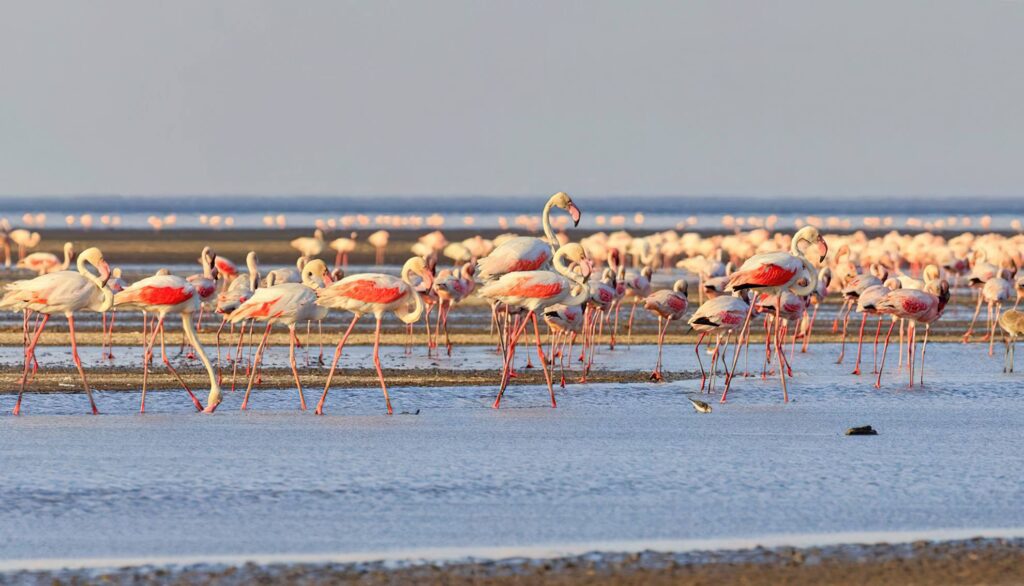
The Allure of Lake Eyasi: A Cultural Time Capsule
A Land of Ancient Traditions
Lake Eyasi is more than a seasonal salt lake—it’s a living museum of human history. The Hadzabe Bushmen, one of the last remaining hunter-gatherer tribes, have lived here for millennia, untouched by modern civilization. Visitors can join them on traditional hunts, witness fire-making with sticks, and learn their click-language, a linguistic relic of early humankind.
The Datoga Tribe: Masters of Metalwork
Neighboring the Hadzabe, the Datoga people are skilled blacksmiths who craft arrowheads and jewelry from scrap metal. A visit to their village reveals fascinating interactions between these two tribes, offering insights into coexistence and trade in this remote region.
The Scenic Beauty of Lake Eyasi
During the rainy season, the lake fills with water, attracting flamingos and other migratory birds. The surrounding baobab-studded landscapes and golden salt flats create a surreal, almost lunar-like environment—perfect for photography and solitude.

The Wonders of Lake Manyara: A Wildlife Paradise
Famous for Tree-Climbing Lions
Unlike any other park in Africa, Lake Manyara National Park is home to lions that lounge in acacia trees. This unusual behavior, combined with large elephant herds, hippos, and baboon troops, makes it a fantastic safari destination despite its compact size.
A Birdwatcher’s Dream
With over 400 bird species, including thousands of flamingos, pelicans, and storks, Lake Manyara is a premier birding hotspot. The alkaline lake attracts waterfowl year-round, while the groundwater forest shelters rare species like the silvery-cheeked hornbill.
The Thrilling Canopy Walkway
One of Tanzania’s newest attractions, the Treetop Walkway, offers an elevated perspective of the forest. Suspended above the treeline, visitors can spot monkeys, tropical birds, and even leopards from a unique vantage point.
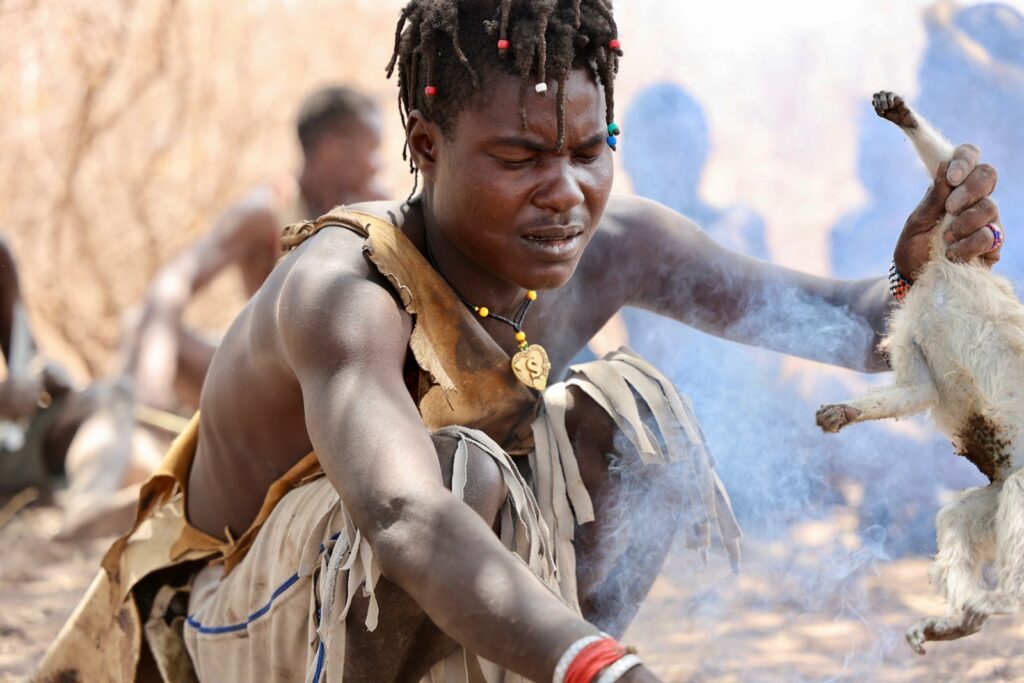
Key Differences: Lake Eyasi vs. Lake Manyara – Wildlife and Culture in Tanzania’s Northern Circuit
Tanzania’s northern safari circuit is packed with world-renowned destinations like Serengeti National Park and the Ngorongoro Crater, but two lesser-known gems—Lake Manyara and Lake Eyasi—offer contrasting experiences that cater to different travel styles. Both are located within reach of Arusha, making them attractive stops for those exploring the region. Yet, they differ greatly in terms of landscape, activities, accessibility, and the kind of memories they leave behind. Here’s a deeper look at the key differences between Lake Eyasi and Lake Manyara to help you decide which destination aligns best with your travel goals.
Wildlife vs. Culture: What Kind of Experience Are You Seeking?
The most prominent distinction between Lake Eyasi and Lake Manyara lies in the nature of the experience they offer. Lake Manyara is a classic safari destination, known for its rich wildlife and lush scenery. It’s the perfect place for travelers eager to tick off iconic African animals from their must-see list. Lake Eyasi, in contrast, is a cultural and anthropological treasure trove, drawing those with a deep curiosity about indigenous communities and human history.
Lake Manyara is teeming with biodiversity. It’s especially famous for its unique population of tree-climbing lions, large herds of elephants, and vibrant birdlife, including flocks of flamingos and pelicans. The park’s diverse ecosystems—ranging from evergreen forests to acacia woodlands and open floodplains—create ideal conditions for classic game drives and birdwatching. If your dream of Africa involves close-up encounters with wildlife, photographic safaris, and the thrill of tracking animals in the wild, Lake Manyara delivers a fulfilling and accessible safari experience.
Lake Eyasi, on the other hand, offers something entirely different—an intimate window into the lives of some of the last true hunter-gatherers in East Africa. Here, visitors can spend time with the Hadzabe tribe, who still live off the land using ancient techniques passed down through generations. You may also meet the Datoga people, pastoralists and traditional blacksmiths whose culture is deeply rooted in self-sufficiency and craftsmanship. At Lake Eyasi, the focus shifts from wildlife observation to cultural immersion. You’re not just a spectator; you become part of a cross-cultural exchange that is both humbling and enriching.
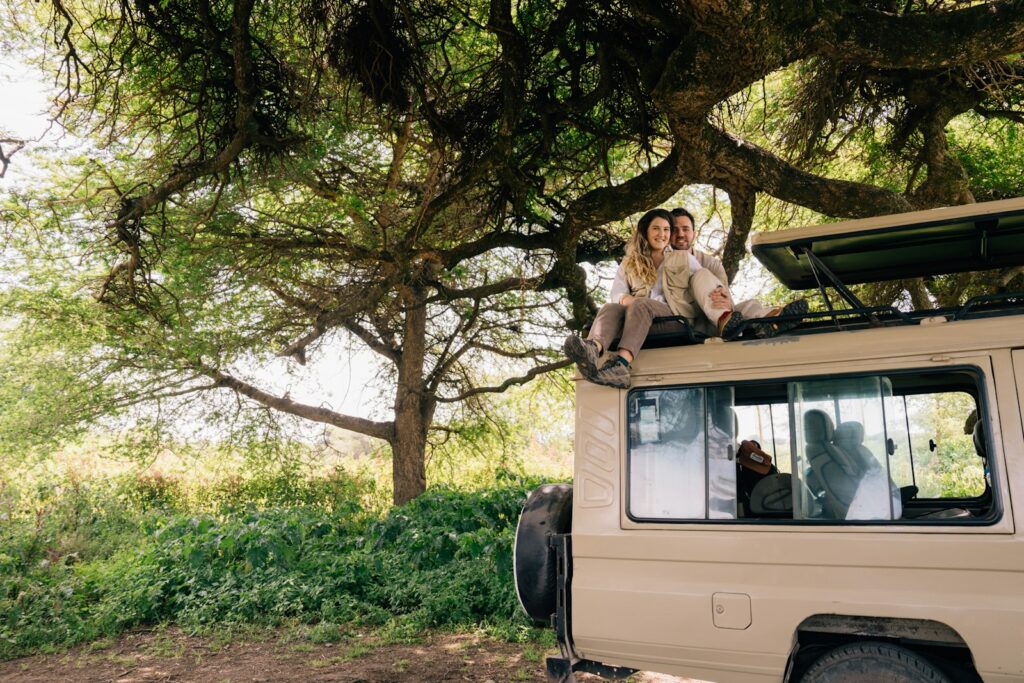
Accessibility and Travel Logistics: How Easy Is It to Get There?
Lake Manyara enjoys a strategic location just off the main road connecting Arusha to Ngorongoro and Serengeti. Its proximity to Arusha—approximately a two-hour drive—makes it one of the easiest parks to reach in northern Tanzania. Many safari itineraries include Lake Manyara as a first or second stop, allowing travelers to ease into their adventure without the stress of long, difficult drives. The park is also well-developed in terms of infrastructure, with quality roads, reliable signage, and a range of accommodation options nearby in Mto wa Mbu or Karatu.
Lake Eyasi, by contrast, is off the beaten track. Reaching it involves navigating rough, sometimes unpaved roads that wind through rural villages and open savannah. Most travelers arrive from Karatu, often after visiting the Ngorongoro Crater, but the journey can take several hours depending on road conditions. Because of its remote location, visiting Lake Eyasi is often arranged as part of a customized tour with a knowledgeable guide and 4×4 vehicle. While the trip requires more effort, the reward is a genuinely authentic and immersive cultural experience few tourists ever encounter.
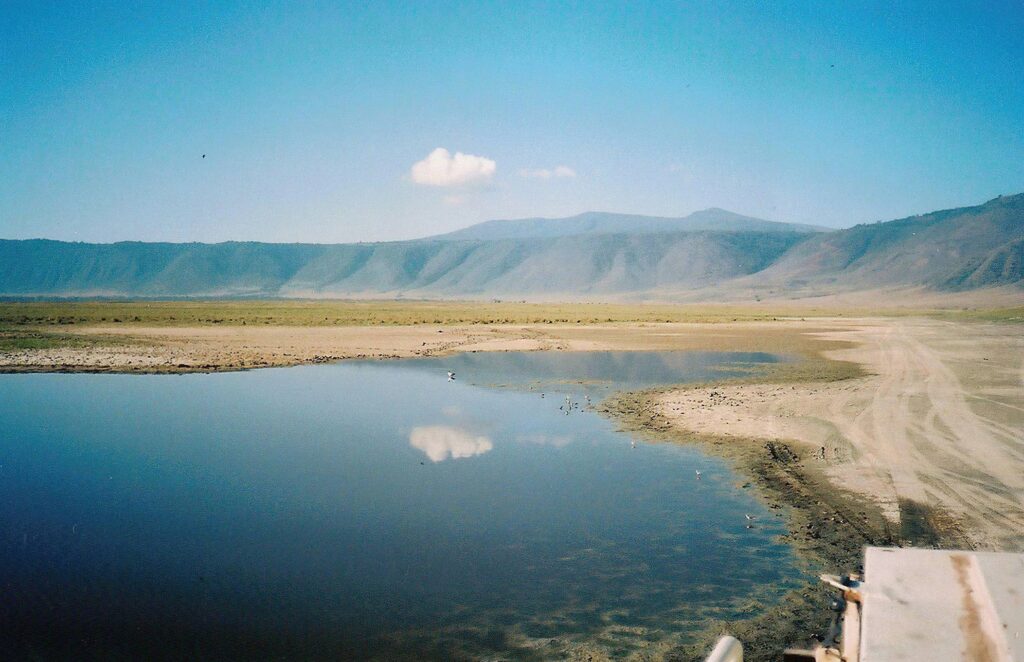
Exploring Lake Manyara and Lake Eyasi: When to Visit for the Best Experience
Tanzania is a country of extraordinary landscapes, rich biodiversity, and vibrant cultural heritage. Among its many natural treasures, Lake Manyara and Lake Eyasi stand out as two destinations that offer both unique ecological features and unforgettable safari experiences. Understanding the best time to visit each location is key to fully appreciating what they have to offer.
While Lake Manyara truly comes alive during the dry season from June to October, Lake Eyasi presents its own charm throughout the year, with the lake becoming especially photogenic following the rains from November to May. Here’s a closer look at what makes each destination special and how the seasons impact the overall experience.
Lake Manyara: A Seasonal Safari Gem
Lake Manyara National Park is a compact yet ecologically diverse park located in northern Tanzania, nestled at the base of the Great Rift Valley escarpment. Though relatively small in size compared to other parks in the region, it punches well above its weight in terms of wildlife density, scenic beauty, and birdlife. This lush, groundwater-fed ecosystem is renowned for its tree-climbing lions, enormous troops of baboons, and vibrant flocks of flamingos that often decorate the lake’s shallow alkaline waters.
For those keen on experiencing the best of Lake Manyara’s wildlife, the dry season from June through October is undoubtedly the optimal time to visit. During this period, the vegetation thins out, making it easier to spot animals as they congregate around remaining water sources. The lack of rain means the roads are in good condition, allowing for smoother game drives and more extensive exploration of the park’s various habitats—from groundwater forests and open grasslands to swamps and the lake itself.
This dry season window is especially ideal for photographers and wildlife enthusiasts seeking those classic African safari scenes. Elephants, giraffes, buffaloes, and impalas are frequently seen along the driving routes, while the park’s birdlife, including pelicans, storks, and kingfishers, remains plentiful thanks to the consistent presence of the lake. Although flamingos can be a bit unpredictable and may migrate depending on the water’s salinity, they are often present in spectacular numbers.
The dry months also bring fewer insects and lower humidity, making the environment more comfortable for travelers. With clear skies and golden sunlight illuminating the landscape, the opportunities for breathtaking photos and immersive wildlife encounters are second to none. It’s during this time that Lake Manyara offers its most rewarding and accessible safari experience.

Lake Eyasi: A Cultural and Photographic Haven All Year Round
Located southwest of the Ngorongoro Highlands, Lake Eyasi is a vast, seasonal salt lake that presents a dramatically different experience from the traditional safari parks. Unlike Lake Manyara, the appeal of Lake Eyasi isn’t centered purely on big game sightings but rather on the fascinating cultural encounters and stunning natural scenery that await travelers.
This remote and lesser-visited destination is home to several indigenous ethnic groups, most notably the Hadzabe and Datoga tribes. The Hadzabe are among the last remaining hunter-gatherers in East Africa, and spending time with them offers a rare window into a way of life that has remained largely unchanged for thousands of years. Visitors often have the chance to accompany the Hadzabe on a traditional hunt, learn about their use of local plants, and gain a deeper appreciation for their intimate knowledge of the environment.
The beauty of Lake Eyasi is that it can be visited year-round, with different seasons bringing their own unique appeal. The dry season, from June to October, provides easier access to the surrounding villages and tribal communities, and cultural experiences can be more easily organized. However, the lake itself tends to shrink significantly during this time, sometimes retreating so far that it becomes almost invisible from certain vantage points. This reduction in water volume also means fewer birds and less dramatic lakeside scenery, though the rugged terrain and baobab-dotted plains remain captivating.
In contrast, the months following the short and long rains—from November to May—see the lake return to life. Swollen with seasonal runoff, Lake Eyasi transforms into a gleaming expanse of reflective water, creating one of the most photogenic landscapes in the region. Sunsets during this time are particularly spectacular, as fiery skies reflect off the shimmering surface, creating postcard-perfect moments. Birdwatchers will also find this period rewarding, as migratory birds arrive in large numbers, turning the lake into a haven for both endemic and transient avian species.
Though the wet season can bring logistical challenges such as muddy roads and occasional flooding in low-lying areas, the visual reward often outweighs the inconvenience for those with a passion for photography and nature. The vibrant greenery and dramatic cloudscapes of the wet season paint a different, almost mystical picture of Lake Eyasi—one that’s rich with contrast and deeply atmospheric.
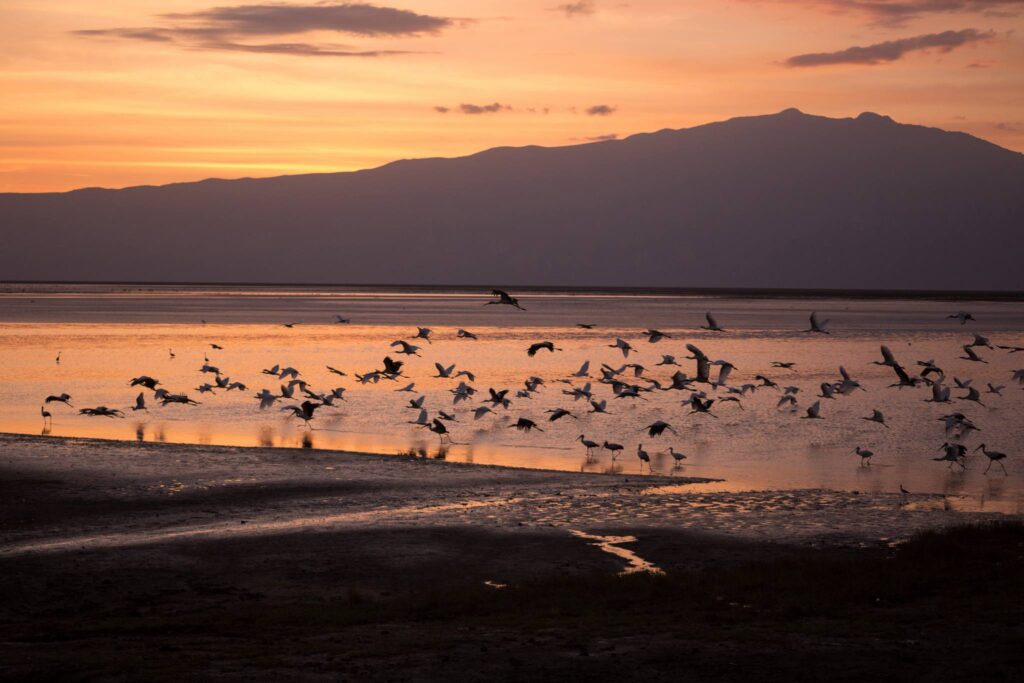
Conclusion: Choosing Between Lake Eyasi and Lake Manyara
When planning your Tanzanian adventure, the choice between Lake Eyasi and Lake Manyara ultimately comes down to what kind of experience speaks to you most. If you’re drawn to the thrill of wildlife viewing, dramatic landscapes, and birdwatching in a lush national park, Lake Manyara offers a classic safari atmosphere that’s both accessible and breathtaking. On the other hand, if you’re seeking a deeper cultural connection—something raw, authentic, and off the beaten path—Lake Eyasi invites you to engage with Tanzania’s indigenous heritage in a way few destinations can match.
Both lakes are uniquely beautiful and provide unforgettable memories in their own right. Whether you choose the vibrant biodiversity of Manyara or the cultural depth of Eyasi, you’ll be stepping into a lesser-known but deeply rewarding part of Tanzania. For those with the time and spirit of exploration, visiting both offers a perfect blend of wildlife and culture—two pillars that define the richness of East African travel.
No matter which destination you choose, Lake Eyasi and Lake Manyara are both worthy additions to any Tanzanian itinerary, offering insight into the country’s natural beauty and the human stories that continue to shape its soul.
Recent Posts


